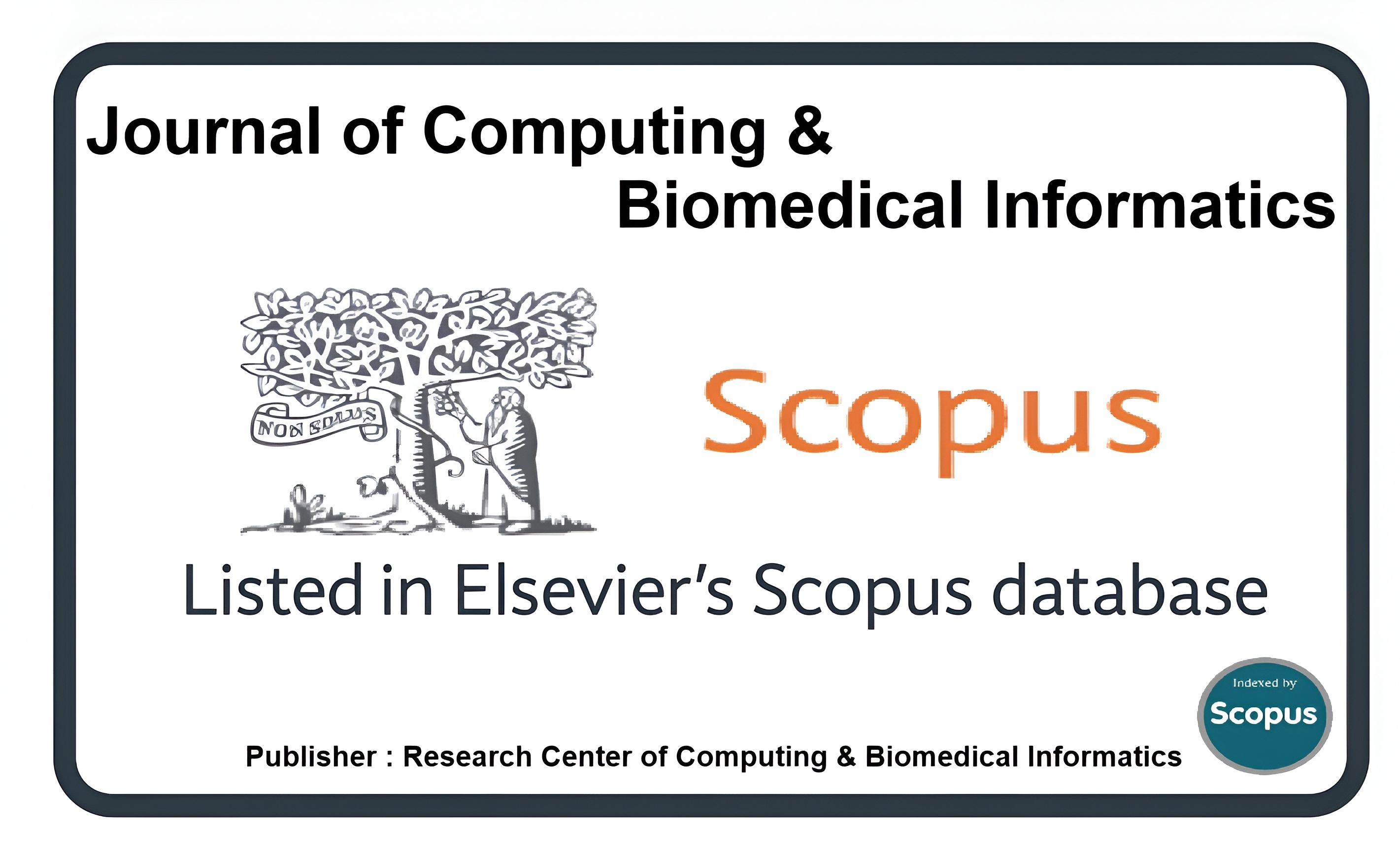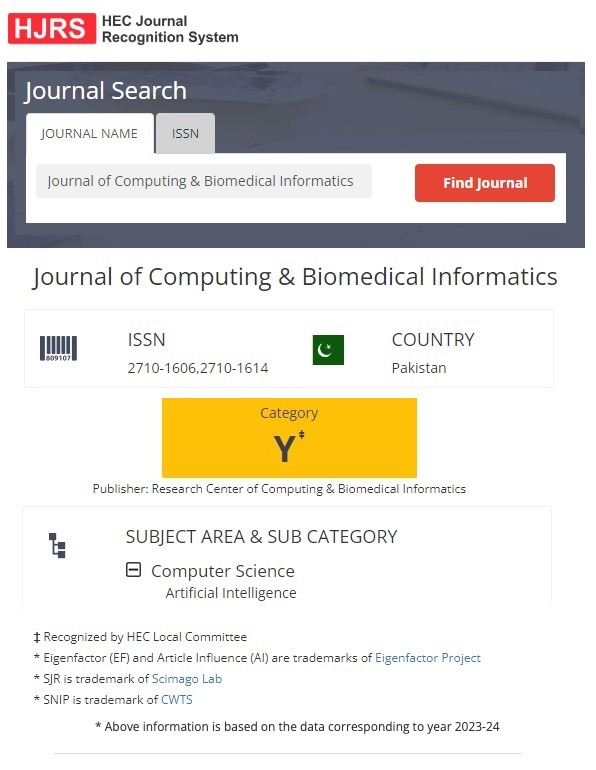Optimized AI-Driven Intrusion Detection in WSNs: A Semi-Supervised Learning Paradigm
Keywords:
Intrusion Detection System, Supervised Learning, User to Root, Wireless Sensor NetworksAbstract
In this study, we have developed an advanced semi-supervised learning model specifically designed to identify four distinct types of attacks in Wireless Sensor Networks (WSNs): Denial of Service (DoS), Probe, Remote to Local (R2L), and User to Root (U2R). Our model leverages the combined advantages of supervised and unsupervised learning approaches, employing a Support Vector Machine (SVM) for the supervised aspect and Density-Based Spatial Clustering of Applications with Noise (DBSCAN) for the unsupervised component. We rigorously tested and validated our model using the NSL-KDD dataset, which highlighted its strong performance metrics, including accuracy and F1-score. Additionally, our research investigated the sensitivity of DBSCAN parameters and their effects on model accuracy, underscoring the importance of precise parameter tuning to achieve optimal results. A notable advantage of our semi-supervised approach is its capacity to manage large amounts of unlabeled data effectively, a challenge that purely supervised or unsupervised methods often face independently. By efficiently utilizing labeled data and integrating clustering techniques, our model shows improved accuracy and effectiveness in detecting intrusions within WSNs. Overall, this research advances the field of intrusion detection in WSNs by introducing a practical and effective semi-supervised learning framework. This framework enhances detection performance across various attack types and provides valuable insights into optimizing model performance through parameter sensitivity analysis and strategic dataset use.
Downloads
Published
How to Cite
Issue
Section
License
This is an open Access Article published by Research Center of Computing & Biomedical Informatics (RCBI), Lahore, Pakistan under CCBY 4.0 International License





